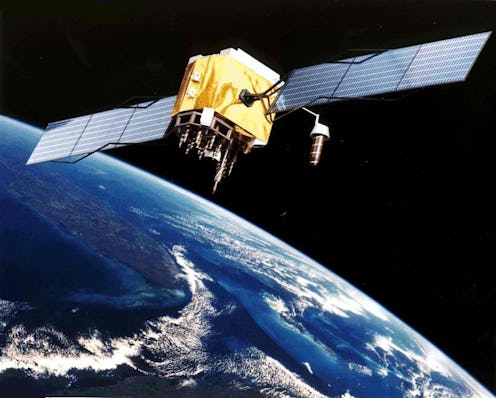News
Space Cops Are Becoming a Thing Now

Even the final frontier needs traffic enforcement, and the Lawrence Livermore National Laboratory is on it. The laboratory is making sure that space isn’t full of speeders by helping to establish the Space Surveillance Network (SSN). Scientists at the think tank are working out ways to use mini-satellites as “traffic cops” alongside imagery to make sure space craft doesn’t get taken out by debris.
“Our mini-satellites would be orbiting and making the same sort of observations to help prevent satellite-on-satellite and satellite-on-debris collisions in space,” said lead author Lance Simms, who published a report in Journal of Small Satellites (talk about a niche publication).
These techy “space cops” can use images to help refine the orbit of floating matter from the ground and predict the orbit for 36 hours as close as 50 meters, half the distance the project originally shot for. Doing so reduces the amount of “false alarms” for possible collisions by two orders of magnitude. Previously, it’s been difficult to prevent possible collisions — of which there are an increasing amount thanks to increased numbers of satellites — because the amounts for prediction motion have been so inconstant and variable.
"Eventually our satellite will be orbiting and making the same sort of observations to help prevent satellite-on-satellite and satellite-on-debris collisions in space," Simms said.
It’s the first step in domesticating space for increased human traffic. Onward, and, um, upward.
Gotta avoid that ludicrous speed.
(Image: Wikimedia Commons)